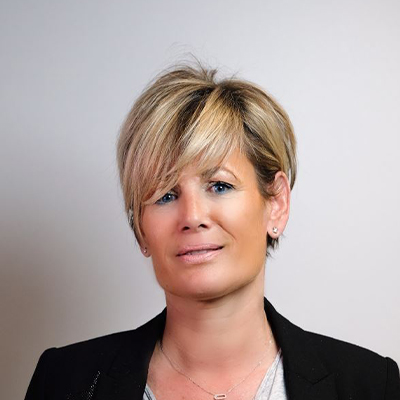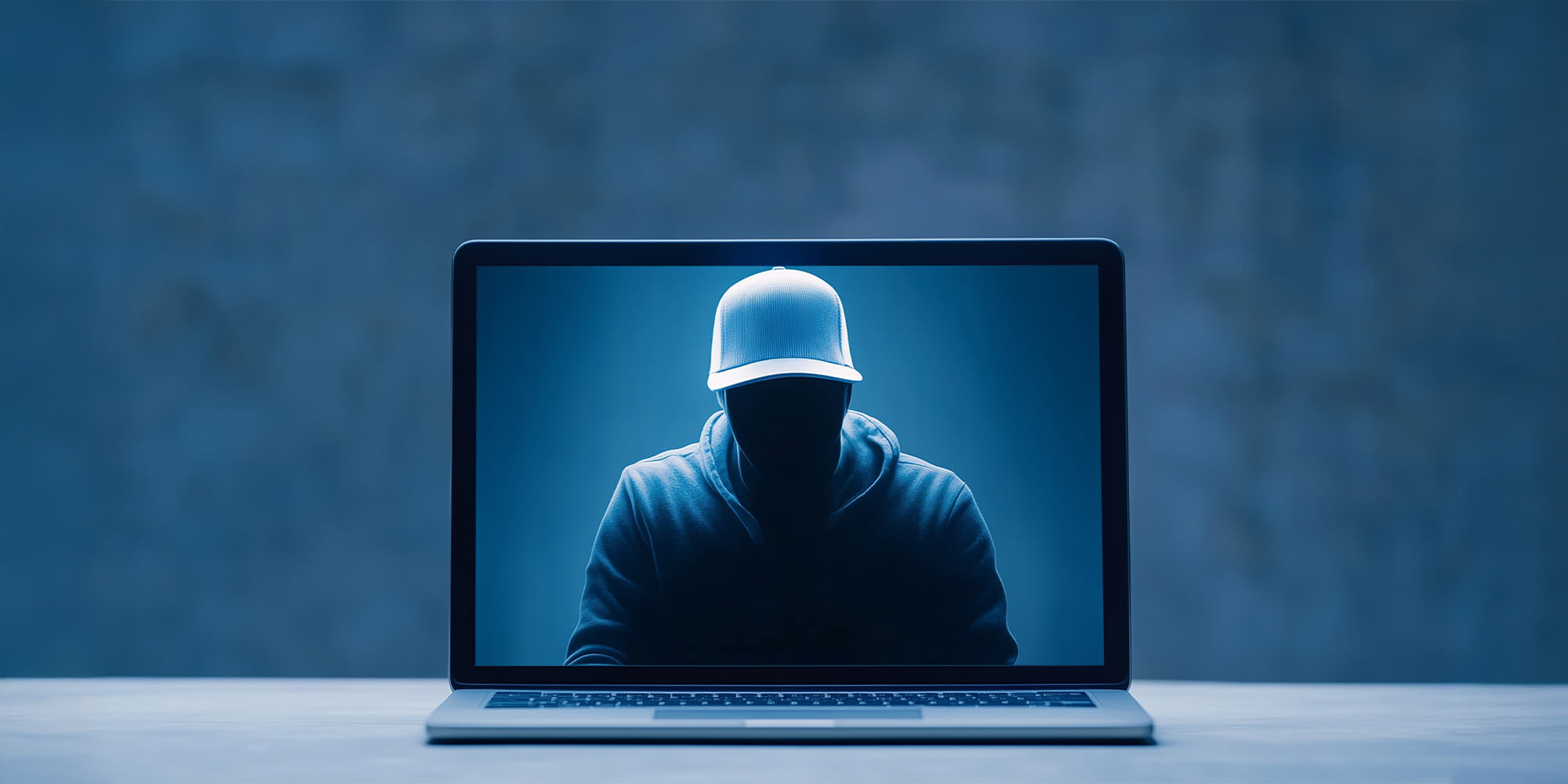Our articles - DEEP
Our articles
The underside of an offensive security approach
On a daily basis, DEEP's Cyberforce Offensive Security team puts organizations' information security systems to the test. To do this, it seeks to penetrate information systems and advance within them, just as real attackers would. And to achieve this, all means are fair game...
Read this articlePublished on
17 June 2025
Device-as-a-Service (DaaS): Simplify Your IT Fleet Management with DEEP
Discover DEEP's Device-as-a-Service (DaaS) solution to optimize IT fleet management: HP device leasing, managed services, and comprehensive support.
Read this articlePublished on
11 June 2025
Offensive Cybersecurity: Why Penetration Tests Aren’t Enough
Adopt an offensive cybersecurity strategy: discover why penetration tests alone are no longer sufficient to protect your organization.
Read this articlePublished on
15 May 2025
Contact us
Do you have any questions about an article? Do you need help solving your IT issues?
Contact an expert







Our experts answer your questions
Do you have any questions about an article? Do you need help solving your IT issues?



